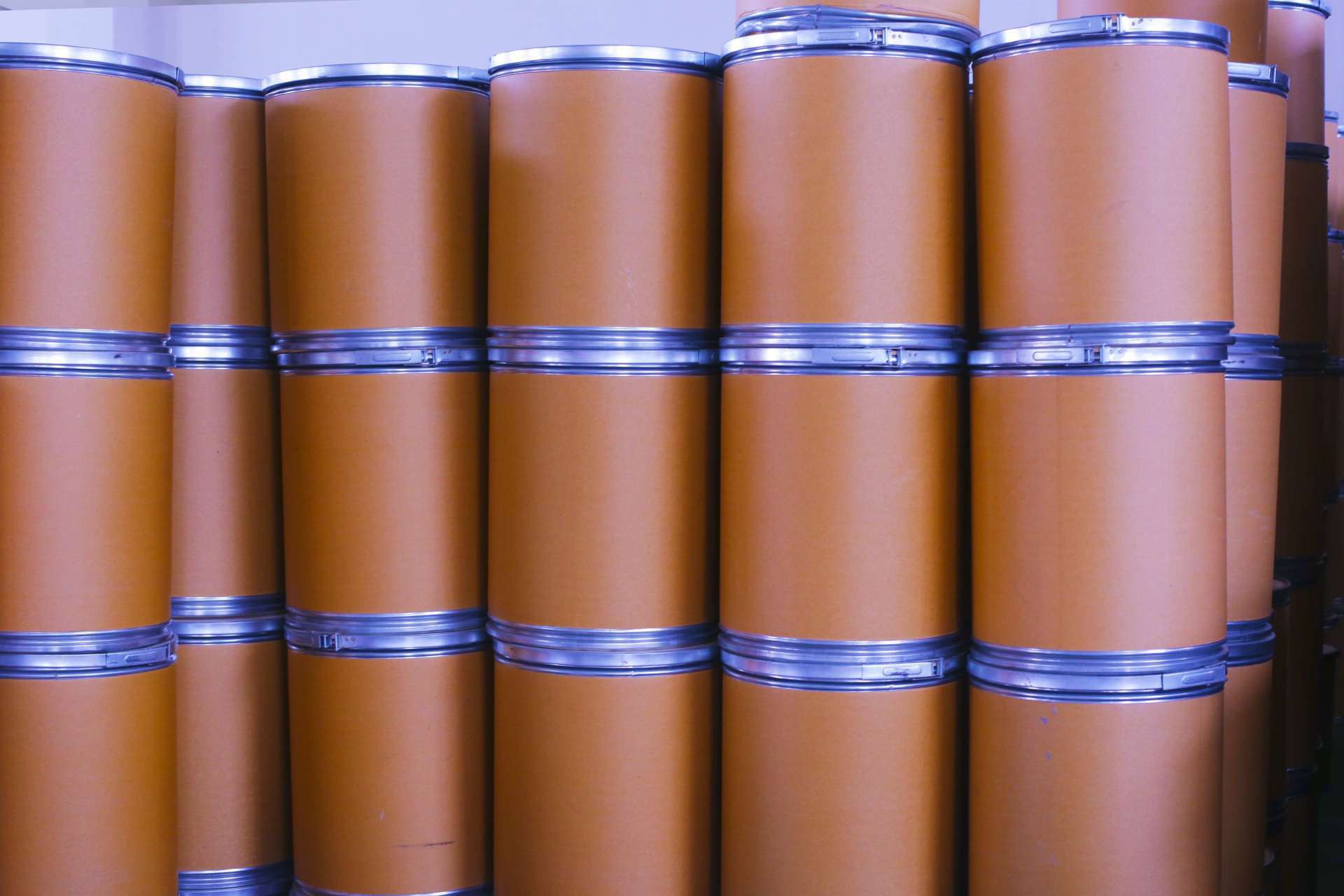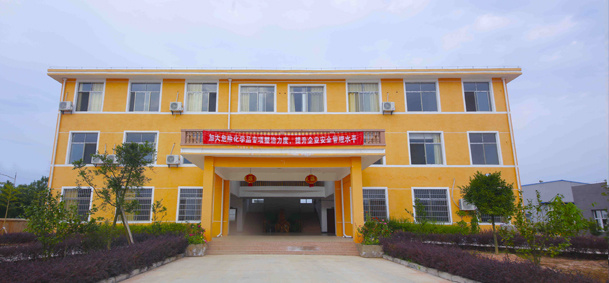News
Comparison of Carboxylate Waterborne Polyurethane Synthesized by Dimethylol Butyric Acid (DMBA) and Carboxylate Waterborne Polyurethane Synthesized by Sulfonate and Dimethylol Propionic Acid (DMPA)
Release time:
2019-11-25


There are several methods to introduce sulfonate groups into the molecular structure of PU: ① using sulfonate groups as chain extenders; ② preparing sulfonated isocyanate-terminated prepolymers with sulfonated polyether diols; ③ preparing sulfonated isocyanate-terminated prepolymers with sulfonated polyester diols; ④ preparing sulfonated isocyanate-terminated prepolymers with sulfonated polyester diols, and preparing WPU with both sulfonic acid and carboxylic acid hydrophilic agents with carboxyl-containing chain extenders.
The hydrophilic group of sulfonate type waterborne polyurethane is strong acid and strong alkali salt, and the ionization strength is relatively high, which enhances the potential of the "electric double layer" of latex particles, forms strong electrostatic repulsion between latex particles, prevents the coagulation of latex particles, and is easy to obtain waterborne polyurethane with high solid content (>50%).
Compared with sulfonate waterborne polyurethane, carboxylate waterborne polyurethane synthesized by dimethylol propionic acid has poor hydrophilicity and high hard segment content, which is difficult to meet the requirements such as high water resistance, high flexibility and high solid content, while sulfonate waterborne polyurethane is easier to obtain products with a wide pH range of 5-8 and high solid content, and has good initial viscosity, water resistance and heat resistance.
Sulfonic acid type waterborne polyurethane can significantly improve the solid content of polyurethane, in the sulfonate type waterborne polyurethane chain extender with the introduction of sulfonic acid groups, and then the sulfonic acid group is introduced into the polyurethane macromolecular chain, can make its hydrophilicity better, all aspects of performance have improved. At present, most of the chain extender used in China is (DMPA) carboxylic acid type, and the sulfonic acid type chain extender and (DMPA) carboxylic acid type chain extender comparison, the ionization degree is higher, the thermal stability is better, and the type is more, the sulfonic acid type WPU in all aspects of performance is also better than the carboxylic acid type WPU.
The sulfamate H2NCH2CH2NHCH2CH2SO3Na hydroxy sulfonate HOCH2CH2CH(SO3Na)CH2OH. Because of the many sources of α,α-dimethylol propionic acid (DMPA), it is widely used in China. The carboxylic acid group of the compound is affected by steric hindrance and does not react with isocyanate, which avoids the consumption of ionic groups and isocyanate raw materials, or the occurrence of branching reactions, resulting in increased viscosity or quality deterioration of the product. DMPA has a high melting point (industrial products ≥ 175 ℃, pure products are 190~191 ℃), and is insoluble in polyols and other reactants. Its solubility in water and acetone is low, 0.11 g/g and 0.01~0.02 g/g at 25 ℃ respectively. It needs to be dissolved in N-methyl pyrrolidone (NMP) in advance, so that the reaction can be carried out uniformly and smoothly. The solvent is now some countries as toxic, irritating substances, the need to limit.
Synthesis of foreign high-performance WPU multi-use sulfonate hydrophilic agent. Compared with carboxylates, it is a strong acid and alkali salt, with stronger hydrophilicity, high degree of ionization, free dissociation in water, forming a strong Coulomb force; strong intermolecular force, resulting in a strong electrostatic interaction effect, prompting the formation of WPU particles can be stably dispersed in water, with excellent storage stability; dispersion has a more stable "electric double layer" structure, its comprehensive performance (such as acid and alkali resistance, electrolyte resistance, hydrolysis resistance, mechanical performance stability, compatibility with additives and film performance, etc.) is better. The initial adhesion of the adhesive film of the WPU is high, so that the lower hardness WPU has higher tensile strength and tear strength, and good mechanical properties. Calculated by sulfonic acid group, the dosage of WPU is low, the emulsion has high solid content, low viscosity, stable in a wide range of pH(5~7), and good appearance reproducibility. General sulfonic acid hydrophilic agent number average relative molecular mass (Mn) is high, the use of large, high price, domestic industry is not commonly used.
The experimental results show that DMPA itself and its neutralization status have a great influence on the dispersion effect of PU prepolymer (emulsion appearance, stability and colloidal particle size). When DMPA is not used, if only ethylenediamine sulfonate, PBA and TDI (toluene diisocyanate) are used to synthesize PU prepolymer, the dispersion is white emulsion. After storage, flocs appear obviously and then settle. If a small amount of DMPA and ethylenediamine sulfonate are added to form a mixed internal emulsifier, the experimental results are greatly improved, and the appearance and stability are good. The experimental results show that the content of hydrophilic ionic groups is 0.21mmol/g with diamino sulfonate alone, while the content of mixed ionic groups is only 0.13mmol/g, a decrease of 38%. Double internal emulsifier can play a synergistic effect, reduce the amount of total hydrophilic agent, thereby improving the water resistance of WPU.
Using HDI, IPDI and PBA as basic raw materials, SDBS and dimethylol propionic acid as internal emulsifiers, WPU adhesive for shoes with non-volatile matter mass fraction> 50%, free of organic solvent and stable storage was prepared by acetone method. A WPU based on HDI/IPDI mixed diisocyanate may have a low activation temperature and high heat resistance. The Mn of polyester diol also has a great influence on the performance of the adhesive. The greater the Mn of the polyester, the higher the viscosity of the glue. When the Mn is too high, it will also affect the permeability of the glue, which is detrimental to the bonding. According to the previous experimental results, PBA with Mn 2000 is more suitable. The ions on the PU chain are reduced, the electrostatic repulsion is weakened, so that the hydration volume will not increase rapidly and lead to the increase of viscosity, which is conducive to the preparation of high solid content WPU. At the same time, DMPA and SDBS hydrophilic compounds can achieve this purpose. The former is added during the prepolymerization reaction, and the latter is used as a hydrophilic chain extender after the prepolymerization reaction.
In summary, dimethylol butyric acid has incomparable advantages over dimethylol propionic acid, and can be considered as a hydrophilic compound with the best performance known at present.
With the country's increasingly stringent environmental protection policies, various regulations have been introduced, China's water-based resin will develop rapidly, water-based materials to replace the traditional oil-based materials is the trend of the times, dimethylol butyric acid as a better performance of carboxylic acid type hydrophilic chain extender, known as the 21st century environmentally friendly fine chemical intermediates, will usher in a broad market.
Previous Page
Previous Page:
Share











